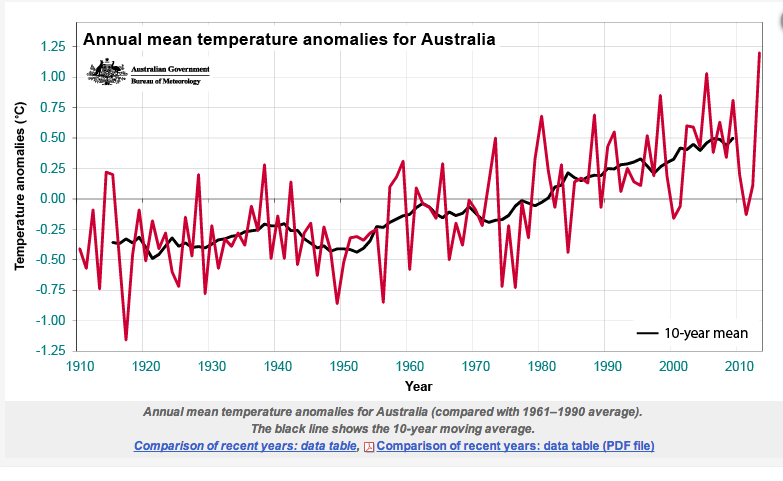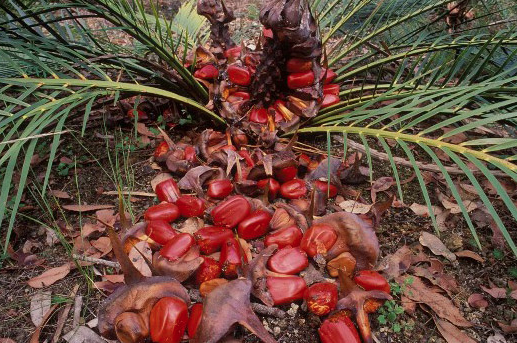I HAVE no problems with the sustainable harvest of whales in the Southern Ocean using a grenade tipped harpoon to facilitate a quick death. This is the method used by the Japanese. Usually the Australian Broadcasting Corporation reports extensively on the activists attempts to stop this harvest, and from their righteous perspective. I’ve just received the following media release from the Sea Shepherd. They must be desperate to get some news out if they are now sending me their media releases…
SEA SHEPHERD SECURES THE SLIPWAY OF THE NISSHIN MARU: WHALING HALTED
Friday January 31, 2014 – Melbourne, Australia — As of 1700 AEDT today, the Sea Shepherd Fleet has shut down the operations of the Japanese whaling fleet for seven consecutive days. The Sea Shepherd ships now guard the slipway of the Nisshin Maru, rendering the factory vessel unable to butcher and process whale meat. [Read more…] about Japanese Whale Harvest Halted by Activists Operating ‘Small Navy’?






 Jennifer Marohasy BSc PhD has worked in industry and government. She is currently researching a novel technique for long-range weather forecasting funded by the B. Macfie Family Foundation.
Jennifer Marohasy BSc PhD has worked in industry and government. She is currently researching a novel technique for long-range weather forecasting funded by the B. Macfie Family Foundation.